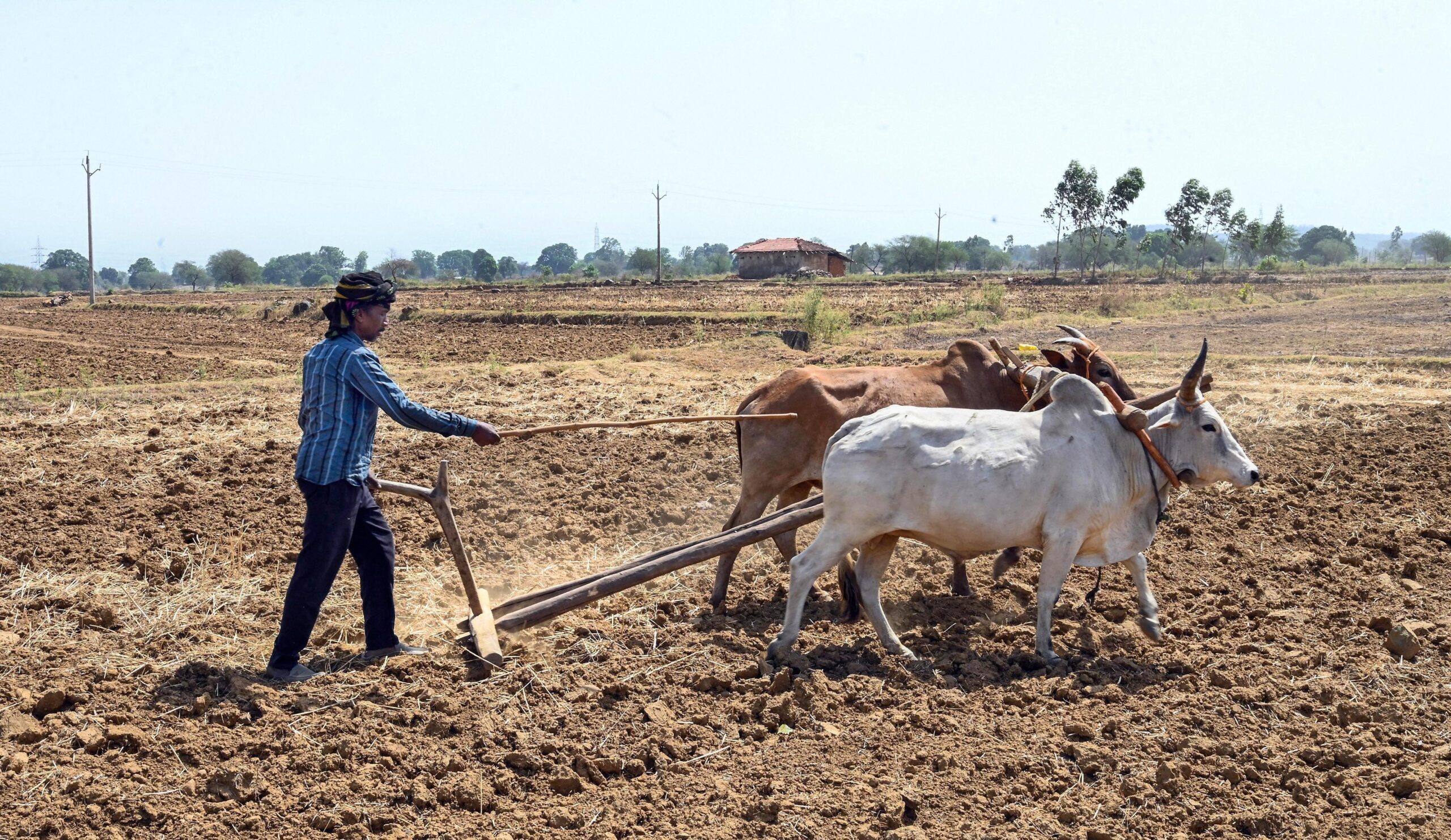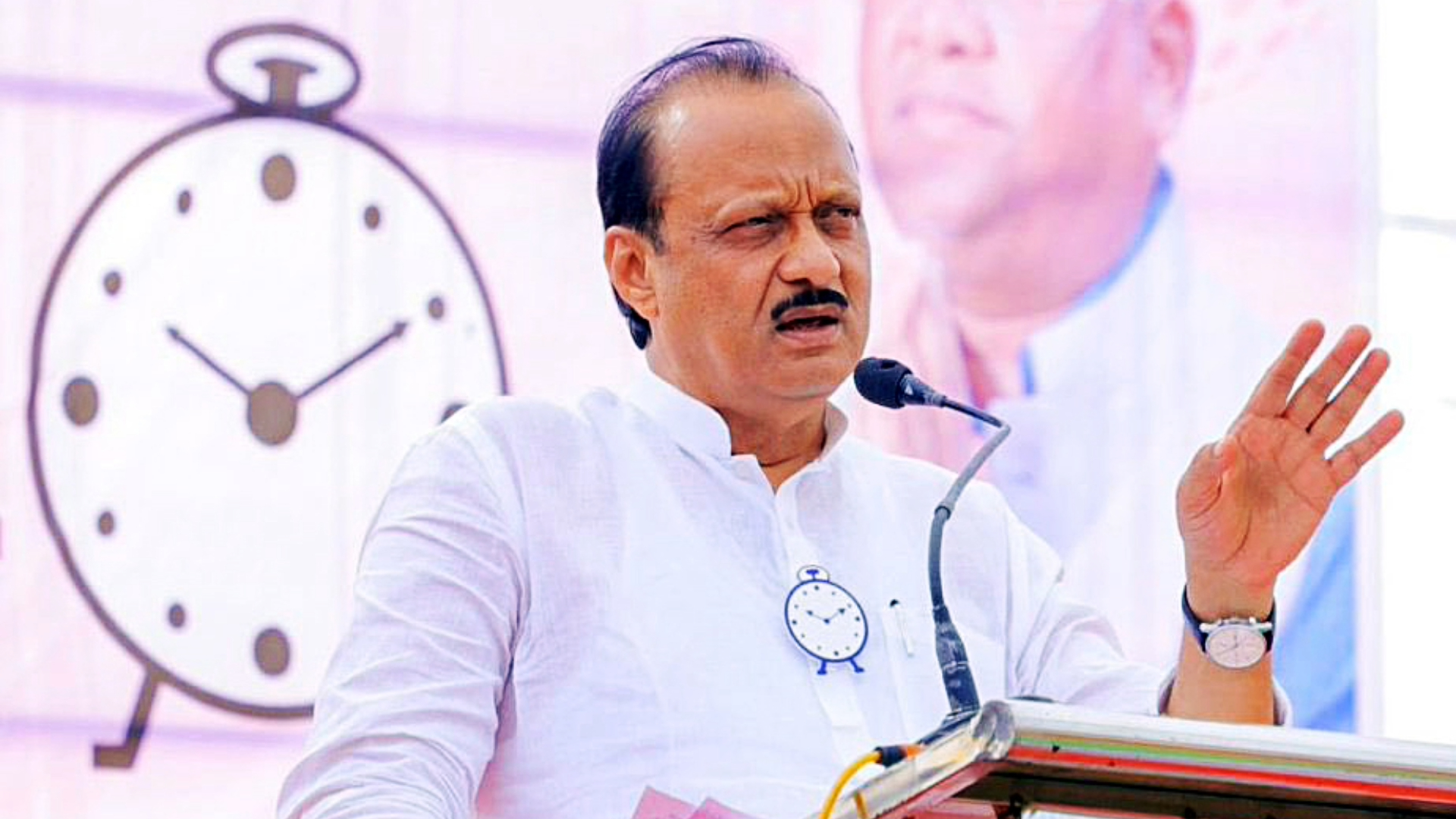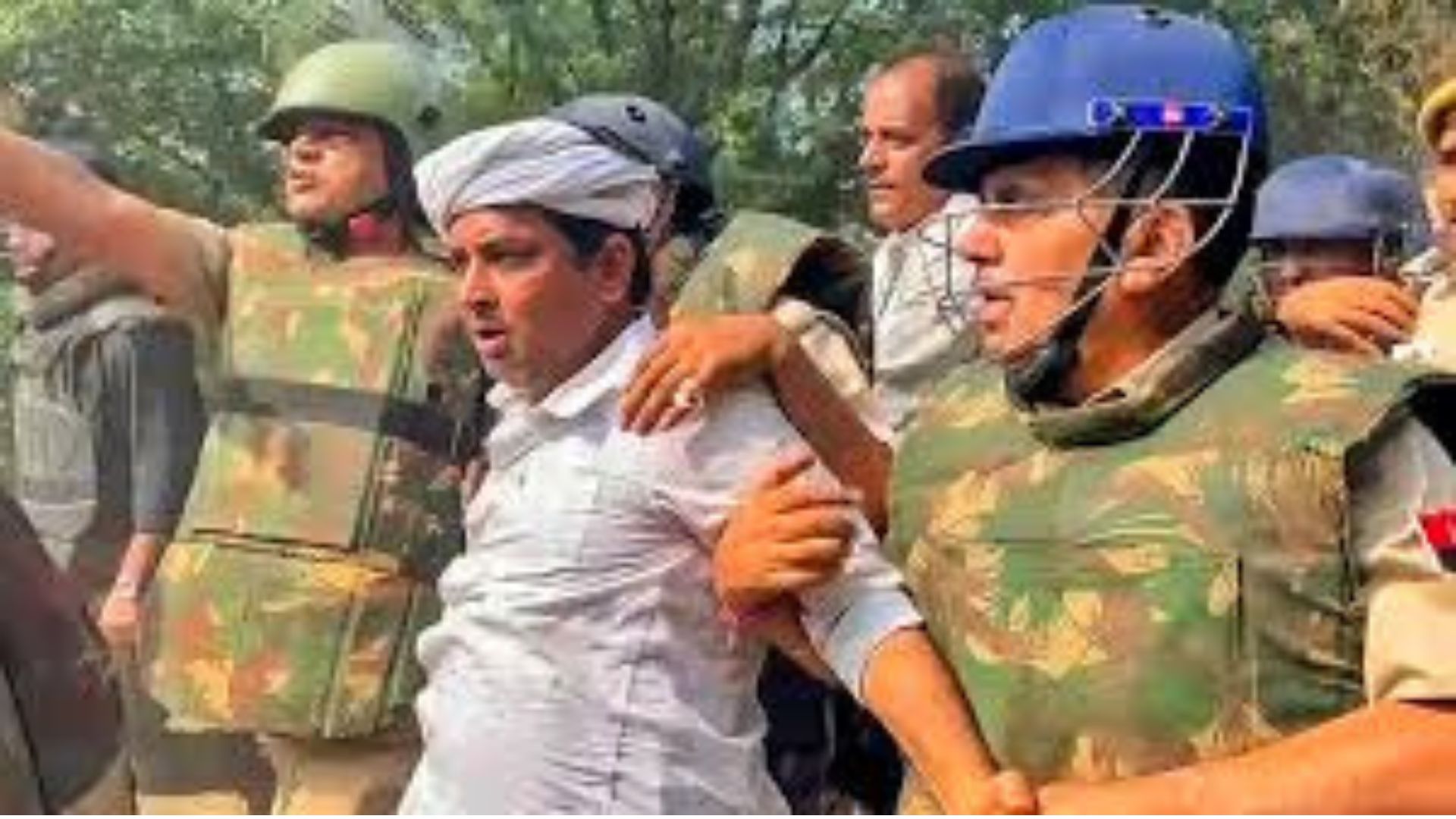
While growing up in Jundla, then a small village near Karnal, Haryana and in a family engaged in farming, I experienced the challenges faced by my father. The family’s livelihood was dependent on farming. The untimely rain when the crop was ready to be harvested was a huge stress (it still is) alongside other major issues like – no electricity in summer when we needed to pump water for irrigation, the logistics of the produce to the market, and delayed payments from the market where we sold the produce. Additionally, even the basic needs of accessing the primary healthcare centre were difficult. We had to eventually turn towards unqualified doctors to address our health issues. This was the situation in one of the progressive villages in a prosperous state of India.
Many of the villages and communities in India still face these challenges.
India lives in 6,40,000 villages where the predominant occupation is farming. Farming includes poultry and livestock as well. Over 50% of the Indians are engaged in farming either as farm owners and/or farm workers. This is very significant as this population contributes to about 18% of India’s GDP in macroeconomic terms. The farming community toils hard in adverse conditions to bring food to our plates every day. Farmers struggle with the weather gods to have rain when needed, rely on banks or artiya’s (the middlemen) for financing their operations of the next crop cycle, wait for the availability of Agri inputs like seeds, fertilizers, and pesticides and finally on the logistics of the produce to the market with hope for getting the reasonable return on their stressful hard work. Every element in the value chain must fall in place to be called a successful crop cycle. The plight is no different for the farmers involved in poultry or livestock.
With the limited resources and multiple factors impacting farmers’ destinies, social compulsions and healthcare needs put additional financial and psychological pressures on them. The distress among the farming community has been increasing gradually in all key farming states.
Healthcare is one of the major issues faced by farmers, farm workers and their families. Ailments common among the farmers include respiratory infections, mental health issues, chemical toxicity including cancer from handling the agrochemicals and fertilisers, heat stroke, and asthma to name a few. Some of these issues extend to the families who suffer the collateral impact. While Delhi holds farmers of Punjab responsible while living 400 KM away for burning their crop stubbles impacting our air, no one has investigated the adverse health impact on those at the burning source.
I have not come across any significant study done by any of the state Government, health department or state agricultural universities mapping the disease profile of those involved in the profession of agriculture. Bathinda in Punjab is called Cancer City linked to large-scale use of pesticides. The train originating from Bathinda is called Cancer Express as it ferries cancer patients from Bathinda to the nearest cities with cancer treatment facilities.
The mainline healthcare industry has traditionally ignored serving this important segment of the population. During my tenure in the healthcare industry, I have heard the arguments that servicing rural populations is not good economics.
The governments, state or central, continue allowing the disparity – be it adding primary healthcare centres or skill building or even creating diagnostic infrastructure. Most of the CSR funds are used for educating doctors in big/metro cities and are not deployed for health infrastructure development.
Qualified doctors do not want to serve in rural areas. Hence it is left to unqualified healthcare workers, quacks and small-scale producers of questionable-quality medicines.
India’s healthcare infrastructure is skewed in favour of the urban population, 75% of which is in urban areas or large cities serving a smaller section of the affluent society. Rural areas get the smaller pie and that too state-provided. Just 10% of the hospital beds are in rural areas and the rest are in urban. Due to the lack of primary healthcare services in villages, individual health issues get complicated thus requiring secondary or tertiary health support which is in the cities. Overstretched Government multi-speciality hospitals drive many of the patients, generally out of pocket, to private hospitals where they must shell out life’s savings to save them and their loved one’s life.
Health-related expenses are among the big reasons that result in bankruptcy, which then leads to farmer distress and their families taking extreme steps. Long ailments also take the farmers out of action impacting their ability to work and hence complicating their economic conditions further.
The bottom line is that the health of the farmer and his family is critical for the health of agriculture.
When Ayushman Bharat was launched by Prime Minister Modi, the focus was to provide primary healthcare support to the last mile. These centres’ called Health and Wellness Centers, are mandated to provide holistic medical care to every corner of the country. The jury is out on their being effective as the first line of defence. National Health Mission provides insurance coverage to the weaker section of society for availing of secondary and tertiary care. Eligibility may or may not include all the farmers. While Ayushman Bharat has started making a difference, a lot still needs to be done. Due to a lack of insurance, and 80% of the healthcare being in the private sector, high out-of-pocket expenses are a big deterrent for seeking timely healthcare services.
Healthcare is a state subject and so is agriculture. Average farm income varies between Rs.4900-19000 per month. As per WHO, the average Indian spends Rs. 400 monthly on healthcare. This can indicate the serious healthcare burden in the states with low farm income.
Farmers need to become the priority for the lawmakers in the State and Centre, Ministry of Health and Family Welfare, civil society working in the healthcare space, and healthcare industry and to play a critical role in supporting and filling the gaps in the infrastructure and capacity building. Diagnostic companies need to create necessary linkages. The healthcare ecosystem should think like FMCG companies with focused rural strategies. Rural India will pay back not only to the industry but to the nation by enhancing productivity.
Rakesh K Chitkara runs public policy practice for India and the UAE and has decades of leadership experience with large multinational corporations in South Asia.















